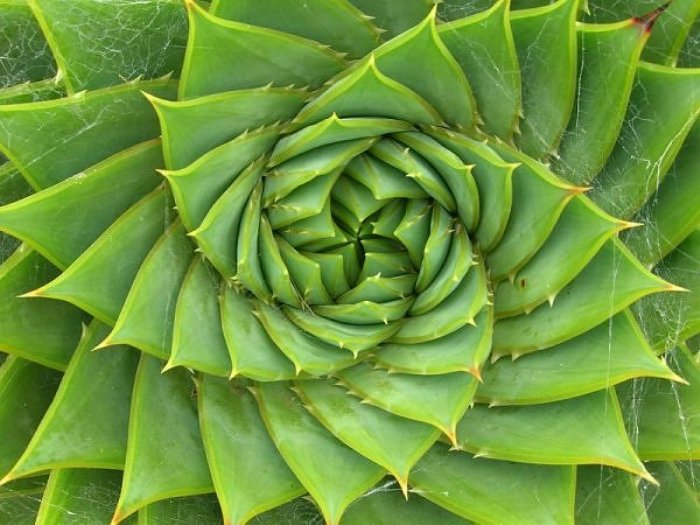Spirals in Nature- Free Lesson
Spirals are present everywhere in nature. They are evident in weather, plants, animals, and even humans.

By discovery learning students will identify spiral patterns in miscellaneous items found in nature.
1) Ink pad and paper (for fingerprints)
2) Paper and Pencil for Student Observations.
3) Examples of spirals in Plants:
4) Sunflower
5) Fern
6) Pinecones
7) Pineapple scales
8) Red Cabbage (cut along the equator)
9)Examples of spirals in Animals and Humans:
10) DNA
11) Shells
12) Human fingerprint (Have students stamp a fingerprint)
13) Examples of spirals in Nature:
14) Hurricanes (Use Satellite Weather Maps)
15) Whirlpools
16) Galaxies
Spiral Centers:
Set up a three stations around the room with various items that represent spirals from nature. Have students visit each station in small groups, after about 10 minutes at a station have the groups rotate to the next station. Students will investigate on their own where spirals can be found in the items presented at each station. A paper and pencil should be taken with students to the different stations for students to record their observations. Encourage students to draw pictures with the spirals they observed in each item. Some of these spirals may be harder than others to identify, help students at different centers to see the spirals of these items.
After students have visited all of the stations, have students return and share their observations where they found spirals in nature.
Cut open a red cabbage in half, along the equator of the cabbage. Ask students if they can find the spiral within the cabbage. Review with students what a spiral pattern looks like. Have students brainstorm other places in nature that they may find spirals.
Ask students to keep their eyes open for different spirals they may see in nature. Allow students to taste some of the fruits and vegetables featured in their centers.
